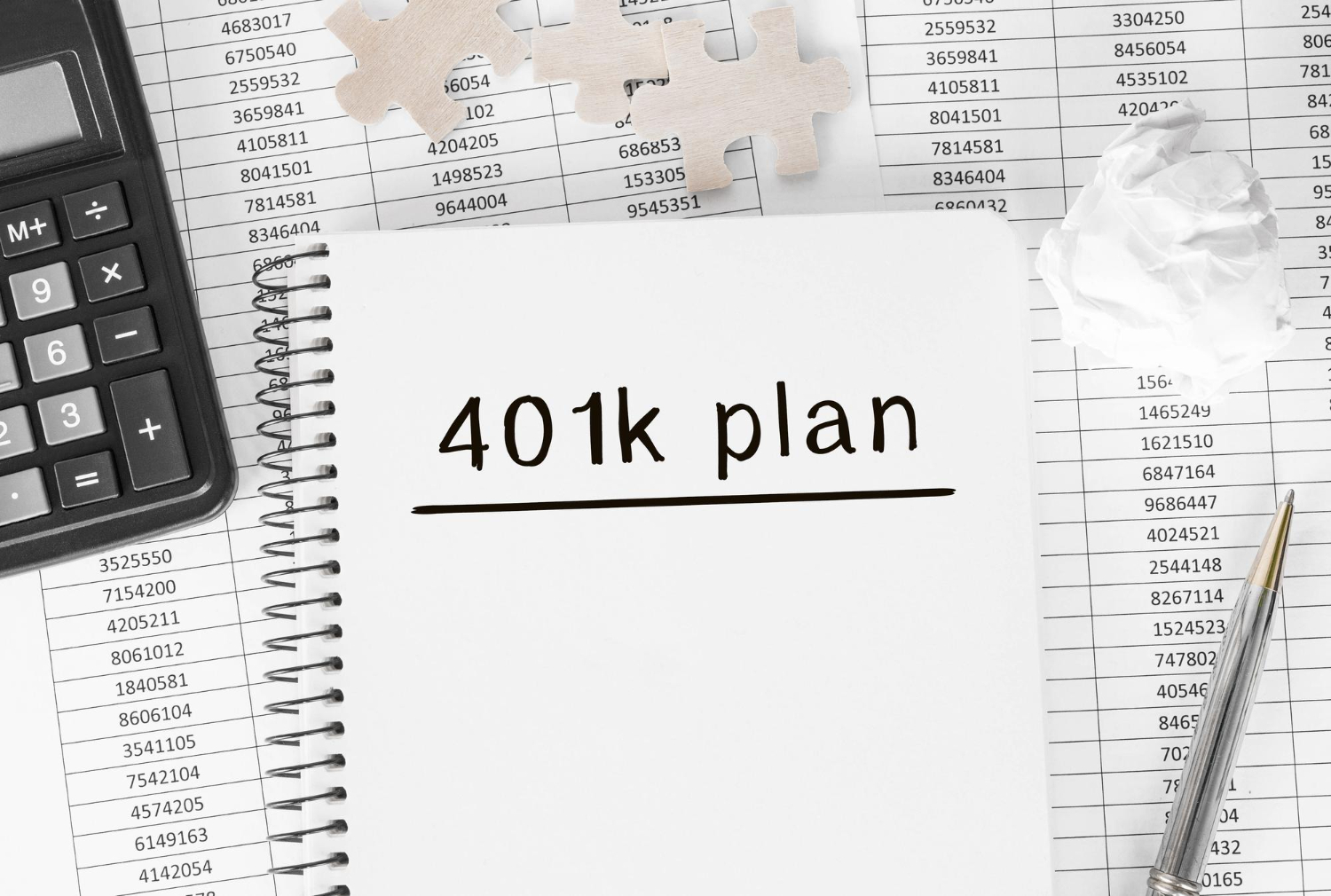Table of Contents
Save thousands each year, and gain control of what's yours.
Join our newsletter
to get trending content!
Key Takeaways
- A 401 (k) summary plan description is a plain-language guide to your retirement plan.
- It explains eligibility, benefits, vesting, fees, and your ERISA rights.
- Employers must give you the SPD automatically and update it when rules change.
- You can use it to plan contributions, understand distribution requirements, and manage fees.
- Keep your SPD handy. It’s your main resource for retirement plan questions.
If you just enrolled in a 401(k), one of the first documents you must’ve is the Summary Plan Description (SPD). So, what is it? It’s a plain-language guide that explains how your plan works, what benefits you get, and the rules you must follow. In short, it’s the roadmap to your retirement account.
What Is a 401(k) Summary Plan Description?
A 401(k) Summary Plan Description is a free written summary of your retirement plan. It takes the long legal plan document and translates it into something you can actually understand.
This document explains
- How you qualify for the plan
- What benefits do you get
- What you need to contribute
- When and how you can access your money
- What rights do you have as a participant under the Employee Retirement Income Security Act (ERISA)
All employees getting a 401(K) are required to receive this document under the ERISA in order to give a thorough overview of retirement benefits.
Need a refresher on the basics? Find out exactly what a 401(k).
Why Should You Care About the Summary Plan Description of 401(k)?
The SPD matters because it protects you. It’s not just paperwork. Here’s why you should read it
- It shows your rights and benefits under the plan.
- It helps you plan your contributions and withdrawals.
- It explains what to do if there is a dispute.
- It gives you the confidence to manage your retirement money.
Think of it this way: without the SPD, you’d be guessing about your own savings rules. It’s your go-to guide for understanding your plan.
What are the Key Requirements of the 401 (K) Summary Plan Description?
The IRS requires that every summary plan description of a 401(k) cover certain information. Here’s what you can find inside
- Plan name and type, such as a traditional 401(k) or safe harbor plan
- Eligibility rules citing who can join and when
- Benefits and vesting describing how employer matches work and when they belong to you
- Union agreement statement, if the plan is tied to a collective bargaining agreement
- Insurance coverage statement mentioning whether the Pension Benefit Guaranty Corporation covers it
- Contribution details about who pays into the plan and how amounts are calculated
- Plan termination rules to provide clarity regarding what happens if the employer ends the plan
- Claims and appeals section with information on how to file for benefits and what to do if denied
- ERISA rights as your legal protections as a participant
What Happens When the Summary Plan Description of 401(k) is Updated?
The SPD must always align with the current 401(k) Plan Document or Adoption Agreement. If the plan is updated, ERISA requires that participants be notified. Administrators can either release a revised SPD or provide a Summary of Material Modifications (SMM).
An SMM is a brief notice that explains important changes to the plan, such as adjustments in design, costs, or benefits. Instead of issuing a full new SPD, it can be attached to the existing one as an add-on update.
How Do You Get the Summary Plan Description?
Wondering how to find your 401 (k) summary plan description? You don’t have to go searching far. Employers must give you the SPD automatically. They can either hand over or mail a copy of the document to you, or create a digital copy of it on a secure website.
By law, new participants must get their SPD within 90 days of joining. Employers also provide updates every few years or after major changes. If you misplaced yours, just ask your HR department or your plan administrator.
How Should You Use the SPD 401(K)?
SPD is a tool to help you make smarter choices about your money. Here’s how to use it
- Check when you are eligible to contribute.
- Review the vesting schedule so you know when employer matches are yours.
- Look at distribution requirements before taking money out.
- Understand the fees so you are not surprised later.
- Refer to the claims process if you need to dispute a benefit.
Whenever you have a question about your plan, the SPD should be the first place you look.
What are ERISA Rules and Fee Compliance?
The Employee Retirement Income Security Act (ERISA) was designed to safeguard employees and their retirement benefits. As part of this, federal law requires employers to prepare and distribute essential plan documents on time. Delays or failures in providing 401(k) materials are taken seriously and can lead to steep penalties.
Since the fee adjustments in 2016, the cost of noncompliance has risen. Not providing required documents like the summary plan description or Summary of Material Modifications (SMM) can result in fines of $147 per day, up to a maximum of $1,472 per request.
Beyond the fines, missing or late SPDs and SMMs often raise red flags that could trigger a Department of Labor (DOL) audit. Staying compliant means keeping your SPD accurate, descriptive, and updated according to distribution rules and modification timelines.
If there is no fiduciary overseeing the plan, any compliance failures fall directly on the plan administrator or trustees. This makes careful management even more critical.

